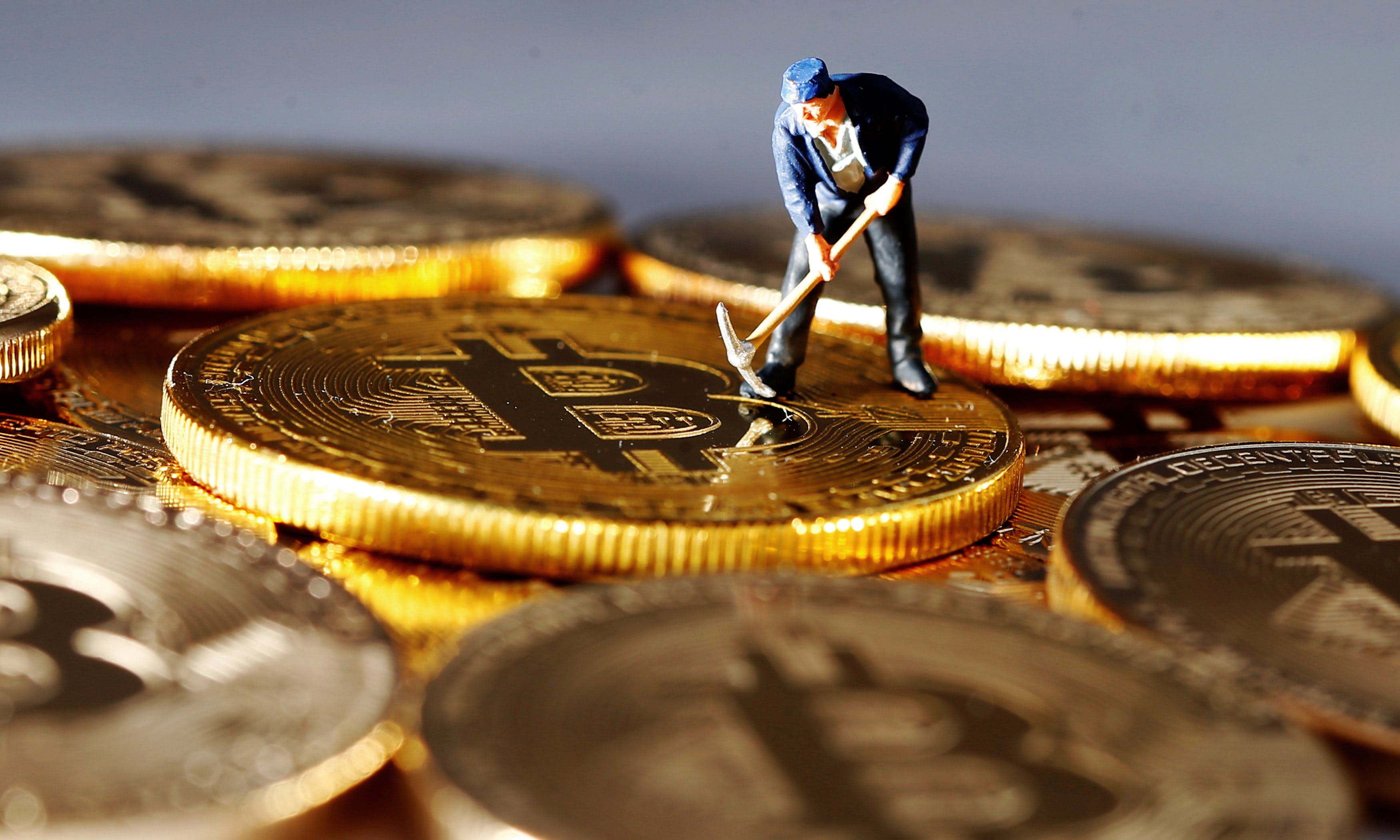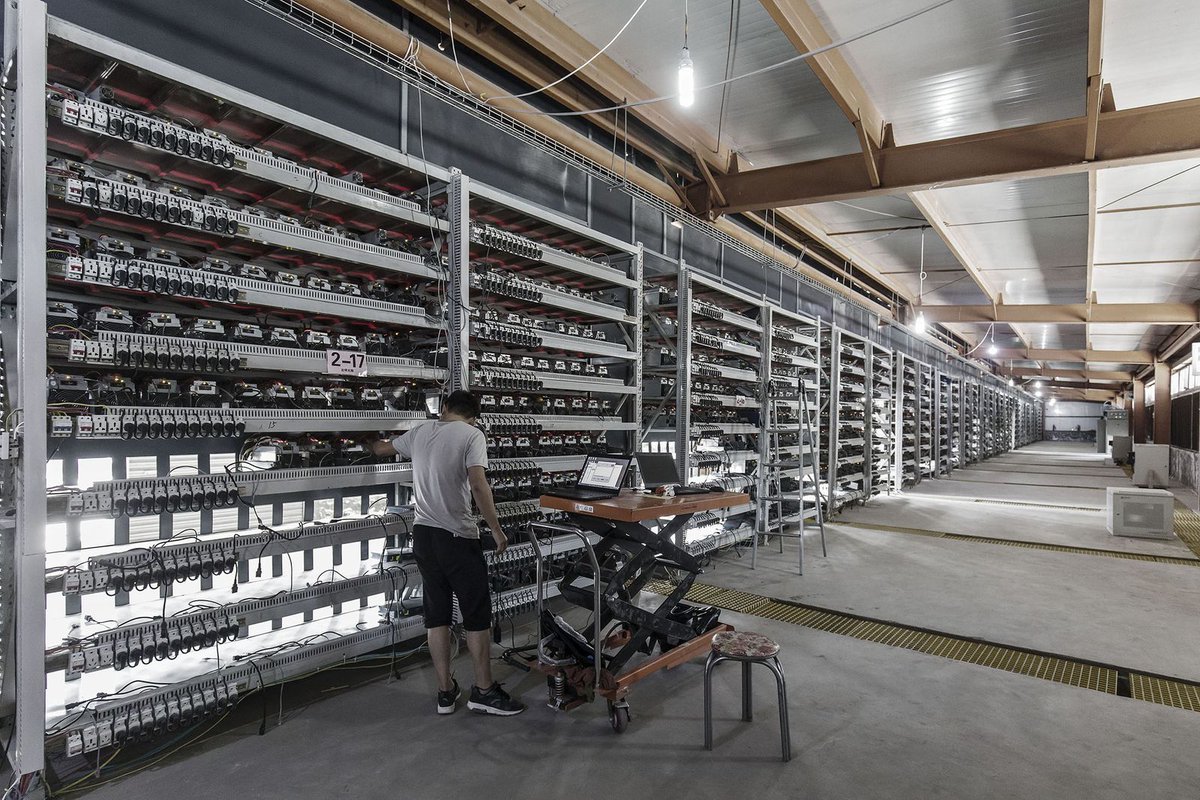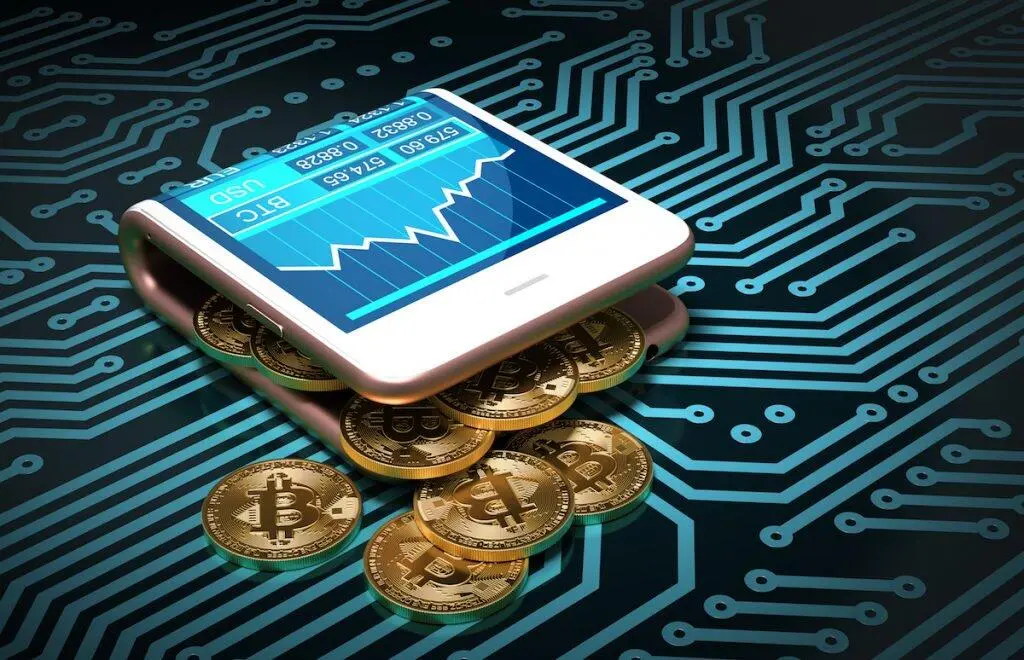Bitcoin Guide | In the realm of conventional fiat money systems, governments possess the authority to initiate the printing of additional currency at their discretion. Bitcoin, on the other hand, does not rely on the mere act of printing money; instead, it employs a process of discovery. This process involves computers scattered across the globe engaging in a competitive quest to ‘mine’ new bitcoins.

The Distinctive Nature of Bitcoin Mining
Within the traditional fiscal system, governments and banks wield the power to issue more money whenever they deem it necessary. In contrast, Bitcoin’s money issuance is intricately linked to the concept of mining—a remarkably ingenious process that validates Bitcoin transactions while simultaneously recording them on a decentralized ledger.
Unveiling the Inner Workings of Bitcoin Mining
But what exactly is Bitcoin mining, and how does it operate? In this comprehensive guide, we will delve into the fundamental aspects of Bitcoin mining and elucidate the crucial processes that underpin this revolutionary phenomenon.
Bitcoin Guide – What is Bitcoin mining?

Bitcoin mining can be described as the process of “unearthing” bitcoins, a digital currency characterized by artificial scarcity—limited to a maximum of 21 million BTC. Similar to the extraction of gold, acquiring bitcoins demands the allocation of resources and diligent effort. However, unlike traditional mining, bitcoins are generated using the computational power of a vast network of competing computers from around the globe.
The concept may initially seem perplexing, but it harbors a remarkable ingenuity. Anyone can partake in running a Bitcoin node and attempting to mine, yet profitability is never guaranteed. Nevertheless, this extensive network of computers serves a vital purpose, ensuring the functionality and security of the Bitcoin network.
At this stage, it is essential to grasp that Bitcoin mining serves a multifaceted role, which includes:
- Securing the Bitcoin Network: Safeguarding the integrity and reliability of the Bitcoin network.
- Incentivizing Miners: Encouraging miners to allocate their computational resources to maintain the network.
- Confirming Transactions: Validating Bitcoin transactions.
- Fostering Decentralization: Facilitating Bitcoin’s status as a free global peer-to-peer (P2P) currency.
- Scarcity and Difficulty: Making bitcoins a finite and challenging asset to acquire.
- Penalizing Bad Actors: Deterring malicious activities within the network by rendering them unprofitable.
Bitcoin Guide – How does mining work?

While individuals can freely send bitcoins and other digital assets, it becomes significant only when the transactions are securely tracked. This is especially critical for digital assets, which can be easily duplicated. To establish a fully functional digital currency, a comprehensive record of all transactions is imperative. This is a role traditionally fulfilled by banks.
But in the absence of a central authority overseeing transactions, how can one ensure the legitimacy of transactions and prevent double-spending? The answer lies in Bitcoin mining.
The Bitcoin network eliminates the need for banks and intermediaries by processing and recording all network transactions. Miners play a pivotal role in this process by dedicating their computational power to verify and record these transactions within a distributed public ledger.
Bitcoin mining necessitates the use of a computer equipped with specialized Bitcoin software, making individuals miners who compete to solve intricate mathematical puzzles. Every ten minutes, these miners strive to solve a block containing the latest transaction data using cryptographic hash functions.
Bitcoin Guide – What are Bitcoin hashes?
Each solved block becomes a part of the public ledger, forming the Bitcoin blockchain—a comprehensive record of all network transactions. As the blockchain is publicly accessible, anyone can explore its contents through a bitcoin block explorer. Approximately every 10 minutes, a new block is appended to the ledger, resulting in continuous growth in the blockchain’s size. Miners share updated copies of these blocks, ensuring real-time visibility of all transactions.
The significance of this lies in the fact that, unlike traditional systems, the Bitcoin network operates on trustless principles. Miners play the role of trusted entities, responsible for ensuring the integrity of the blockchain.
When a block of transactions is ready for processing, miners employ the SHA-256 Cryptographic Hash Algorithm to transform it into a seemingly random sequence of characters—a hash. This hash is then stored alongside the block in the blockchain, serving as proof of work and validation.
<Bitcoin – Is Free Bitcoin Available? Exploring Methods of Acquisition>
But why are these hashes considered reliable?

Creating a hash from the data within a Bitcoin block is a straightforward process. However, decrypting the data solely based on the hash is practically impossible because each hash is unique and entirely random. Even a minor alteration in the original input will result in an entirely different hash. Consequently, predicting the output is impossible, leaving miners to rely on blind guessing.
Yet, miners do not restrict themselves to hashing transactions; they also incorporate additional data, including the hash of the previous block. Since each block’s hash contains the hash of its predecessor, this functions as a digital wax seal, certifying the legitimacy of every block in the chain. Attempting to falsify a block would alter its original hash, affecting all subsequent blocks. Such discrepancies are readily detectable by other miners, ensuring the integrity of the blockchain.
Competing for Coins
Having established the methodology behind sealing off a block, let’s explore the competitive aspect of Bitcoin mining.
As previously mentioned, correctly guessing the hash output is the only way to secure a block, and the most efficient method involves random guessing by computers. Miners worldwide engage in a race to be the first to successfully mine a block, a process that entails billions of random guesses.
The victorious miner, the one who correctly guesses the hash, is rewarded with a block reward. Currently set at 12.5 BTC per block, this reward halves every 210,000 blocks. The diminishing block rewards serve as an incentive for miners to continue their efforts, with the expectation that the appreciation of BTC’s price will compensate for the reduced rewards. In addition to block rewards, miners also share in the collective Bitcoin transaction fees, further motivating their participation in the network.
<Bitcoin – Things Bitcoin Beginners Should Pay Attention To>



